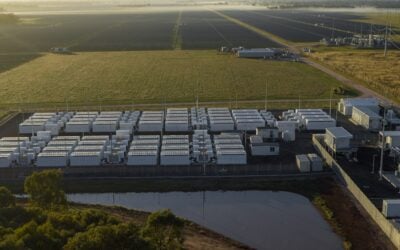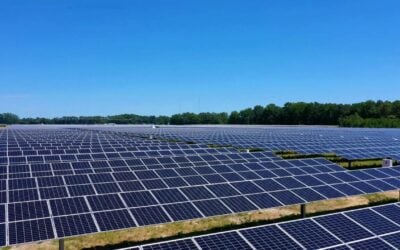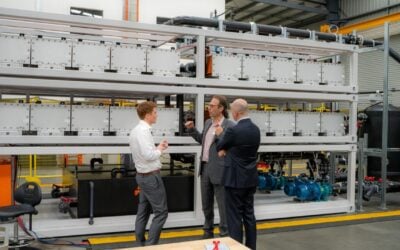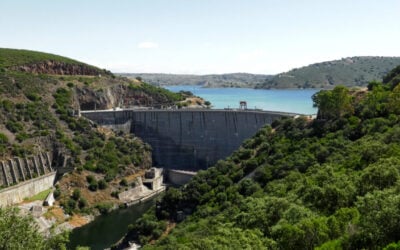
The implementation of regulative security is all that is needed to bring in investment for long-duration energy storage (LDES), according to The Future of Long Duration panel at last week’s Energy Storage Summit 2022 in London.
What the best form of regulation is to incentivise storage however is still up in the air, with the conversation quickly turning to the potential of a cap and floor mechanism at the event, hosted by our publisher Solar Media.
Enjoy 12 months of exclusive analysis
- Regular insight and analysis of the industry’s biggest developments
- In-depth interviews with the industry’s leading figures
- Annual digital subscription to the PV Tech Power journal
- Discounts on Solar Media’s portfolio of events, in-person and virtual
Or continue reading this article for free
Mark Wilson, CEO of developer Intelligent Land Investments Group (ILI Group) said: “We’ve been talking to the government for a few years, [together with] Drax and others, and if the cap and floor is put in place, similar to what interconnectors have from UK to Europe, then these projects will happen straight away. I’ve got a queue of investors globally lined up, ready to build our projects.”
The suggestion follows a recent report from Aurora Energy Research, which found that a cap and floor mechanism would be best positioned to support the deployment of long-duration storage in the UK, although it would not incentivise effective dispatch and additional reforms would still be required to incentivise investment.
Alan Greenshields, director for EMEA region at iron flow battery manufacturer ESS Inc. suggested an alternative form of the cap and floor mechanism, one without the cap. The goal, he said was to make technologies so “outrageously profitable that private capital pours into them”.
“If you can do that, then it no longer becomes a task of government, it becomes a task for the private sector, with companies deploying capital to actually build these assets. So I think the thing is to encourage the innovation with the clear goal of getting to a cost point. If you can’t get to a cost point, don’t try.”
An alternative to the cap and mechanism could be a tax credit system, Todd Mooney CFO of Enlighten Innovations Inc. suggested, pointing to their success driving the deployment of renewables in the United States. Enlighten makes a novel ‘Sodium (Na) Super Ionic Conductor’ membrane technology which can be used for electrochemical energy storage at long-durations, which is low cost, sustainable, safe and scalable, the company claims.
“They even survived the Trump administration, there was more renewable energy generated, renewable projects constructed and built during the Trump administration than in the preceding four years in the Obama administration, even though Trump hated renewables. And so that, to me, says there’s a really good policy mechanism that can be used to accelerate long-duration energy storage,” said Mooney.
There was general agreement amongst the panel of the viability of long-duration technologies in the long run, once they get over an innovation hurdle. One thing that is currently a challenge for reaching this point is the variety of technologies currently available.
As Georgina Morris, innovation programme manager from the UK government’s Department of Business, Energy and Industrial Strategy (BEIS) said in her presentation Energy Storage Innovation – Longer Duration Energy Storage, just ahead of the panel: “The key question, what is longer duration energy storage, that [is something] no one has yet agreed or defined.”
Morris’ presentation set out the recently announced financial support for 24 storage projects split into two streams and made up of power-to-x, thermal and electrical projects announced by BEIS on 23 February.
Following on from this initial phase demonstration and development, around six projects will be taken forwards towards commercialisation, said Morris.
The range of technologies may make some funding models challenging, but it is broadly a positive, said Wilson, as there is “no silver bullet”. Instead a host of technologies will be needed.






